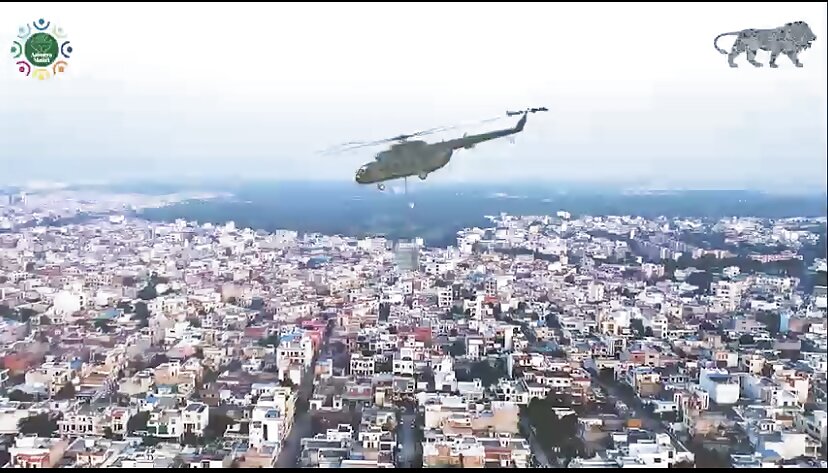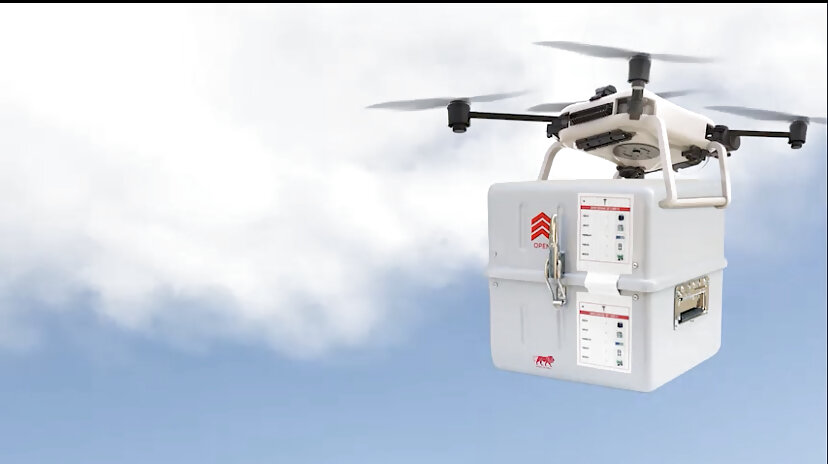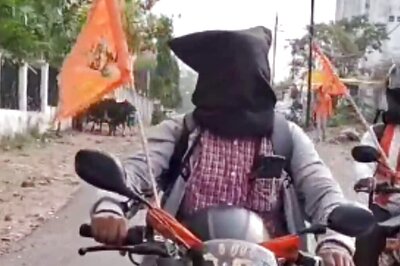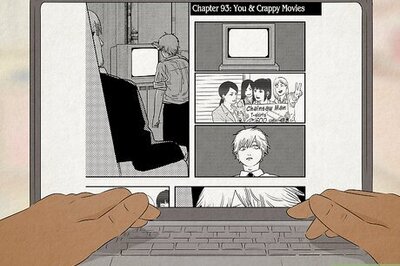
views
Operation theatre, mini-ICU, ventilator, blood test equipment, X-ray machine, cooking station, food, water, shelter, power generator and much more – India has built the world’s first disaster hospital, that can be airlifted, packed in 72 cubes.
Known as the ‘Aarogya Maitri Cube’, India has built the product under project BHISHM – Bharat Health Initiative for Sahyog Hita and Maitri – which includes three frames, each accommodating 12 mini-cubes.
The cage can fit in 36 mini-cubes, including almost everything that can be packed for survival for a period of 48 hours for 100 survivors. The design allows joining two cages – master cube one and master cube two, including 72 cubes in total – with damage control capabilities for 200 survivors.

The cubes can handle several severe injuries, including 40 bullet injuries, 25 major bleeds, 25 major burns, around 10 head injuries, long limb fractures, spinal injuries, chest injuries and spinal fractures.
The product is the result of Prime Minister Narendra Modi’s project Bhishma announcement in February last year, following which the Ministry of Defence constituted a task force.
At the Global South Summit in January this year, PM Modi announced the ‘Aarogya Maitri’ project under which India will provide essential medical supplies to any developing country affected by natural disaster or humanitarian crisis.

The project was publicly launched at the MedTech Expo at Gandhinagar, Gujarat in August alongside the G20 Health Ministers’ Meeting, where it was officially demonstrated, for the first time, to Myanmar officials in July.
“PM Modi had personally given inputs to top officials from the health ministry and defence ministry. On his suggestions, a line of ayurvedic products was added to the list of items in the cubes,” a government official involved in the project told News18.
“While India has already donated two Aarogya Maitri Cubes to Myanmar as a goodwill gesture, one is being readied for donation to Sri Lanka,” the officer said.
“HLL Life Care is the government’s nodal agency for sourcing the Aarogya Maitri Cube, whereas the manufacturing has been undertaken by multiple sellers as it includes a variety of products.”
The Making of the Cube
In February 2022, the central government had asked the defence ministry to create something “original”.
“As inspired by PM Modi, the brief that was given to us was to innovate something original and out of the box,” Air Vice Marshal Tanmoy Roy, head of the BHISHM task force, had told News18 at Gandhinagar during the MedTech exhibition at Mahatma Convention and Exhibition Centre.
Roy and his core team of six colleagues sat down to decide what could be the possible ideas. “I am a doctor and I understand the emergency requirements on the war front, especially when the wars are becoming intense and explosives are becoming devastating.”
Keeping in mind the sad state induced by wars or calamities and disasters – such as broken roads or landslides – Roy said that his team created a product that would support the survivors till they receive help.
“Doctors will not be there in war zones or disaster-hit areas to treat everyone. Hence, the kits are made very simple and can be used via tablet-based application which is provided within the kit,” Roy said, adding that the cost of making 72 cube boxes is less than Rs 2.5 crore.
“It would easily be about a million dollars if it was not a wholly Made-in-India product.”
Inside the Kits
Using the concept of ‘Rubik’s Cube’, each cube has been designed to weigh below 20kg so that it can be easily carried manually up to a kilometre.
“Total weight for each master cube (containing 36 cubes) is less than 750 kg… combination of two such cubes converts the basic primary care setup arrangement into a mobile hospital capable of performing life-saving surgery,” Roy said.
“One hour from arrival at the disaster location, the hospital will become operational… but the operation theatre gets ready within 10 minutes of positioning.”
Winched in a helicopter or hung from drones or quad-copters, all cubes are ergonomically positioned in the cage and designed to handle the specific surgical problem.
The structure comes with a tablet-based application that helps in operating all 72 cubes.
For instance, the ‘anaesthesia kit’ contains advanced surgical equipment with an operation theatre (OT) for casualties needing surgical intervention. The OT contains one foldable table for a surgical team of five people. It has a ventilator, anaesthesia and several other important medical devices through which the team will be able to perform 10-15 basic surgeries per day before replenishment.
All equipment is rechargeable and the kit contains a portable generator, including a solar panel-based generator.

Apart from the refrigerator, the cubes contain a portable ventilator, ultrasound machine, digital imaging radiography machine, defibrillator, high-mounted OT lights, stretchers, modern surgical devices, and portable laboratory among other high-end equipment.
The product can also be tailored to meet specific needs.
“The contents of the boxes will vary depending on whether they are being sent for assistance in natural disaster scenarios or to regions affected by war,” said Roy.
“It can also be utilized in regions across India that need medical support due to epidemics, high elevations, or challenging landscapes. This could play a significant role in the management of public health.”




















Comments
0 comment